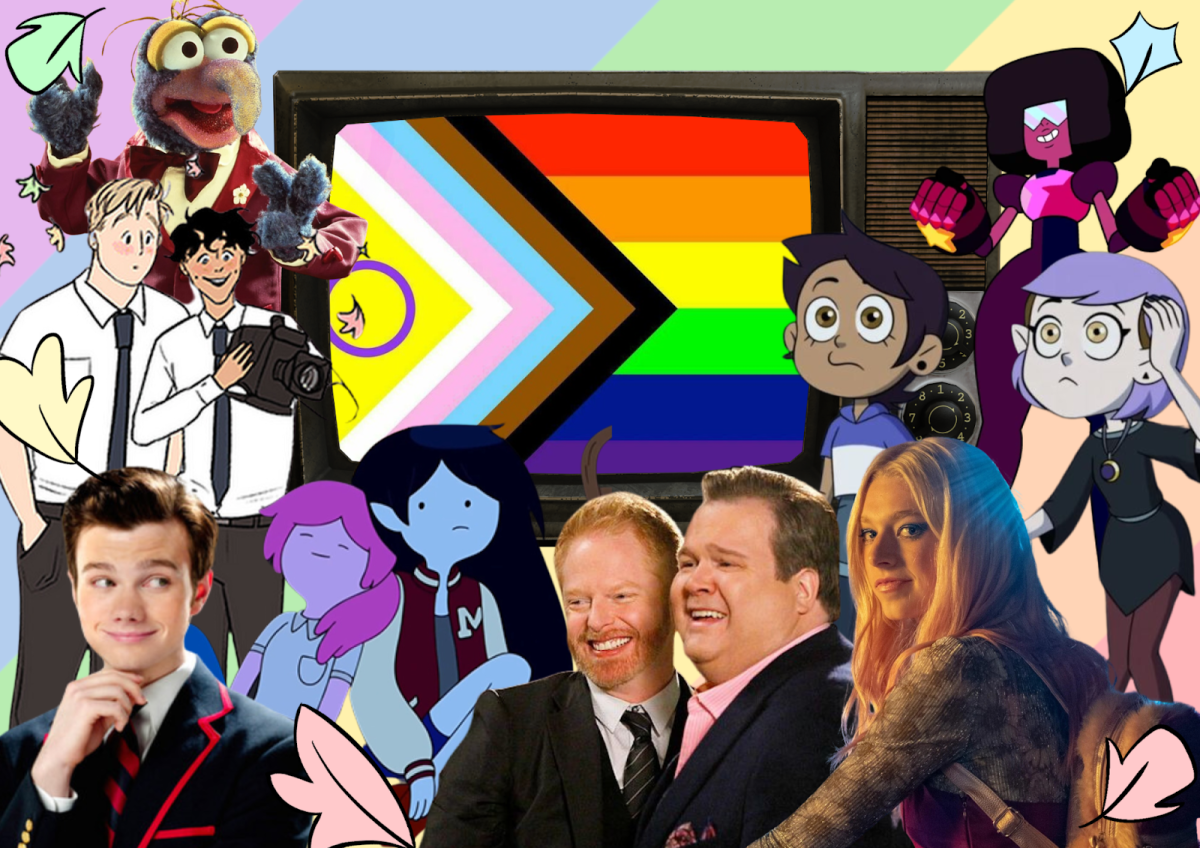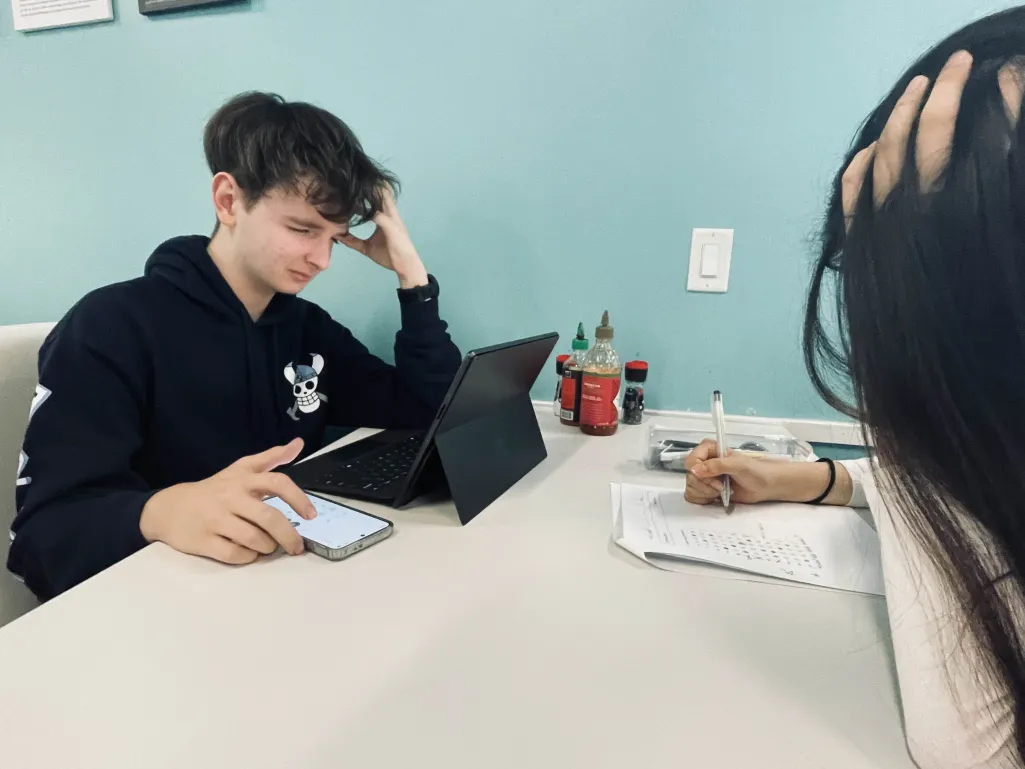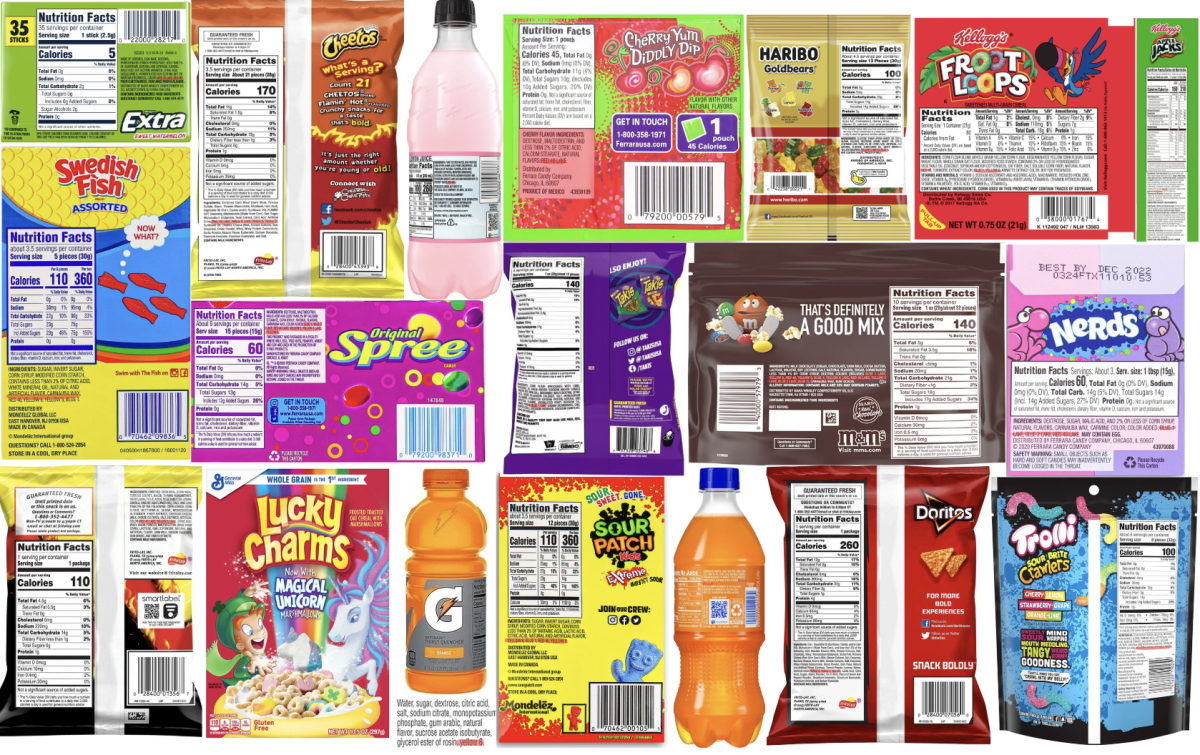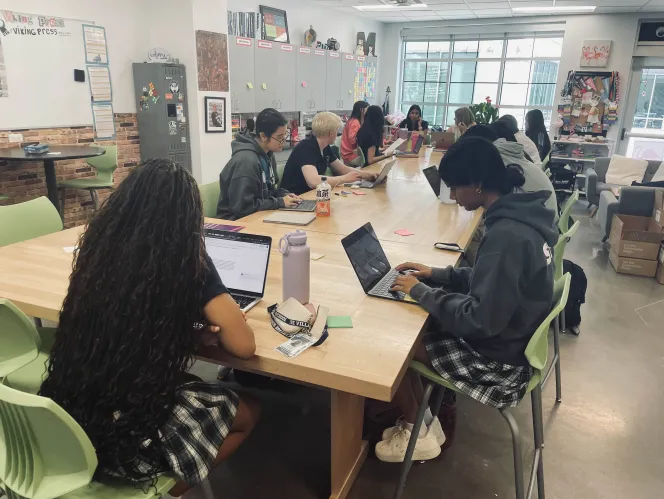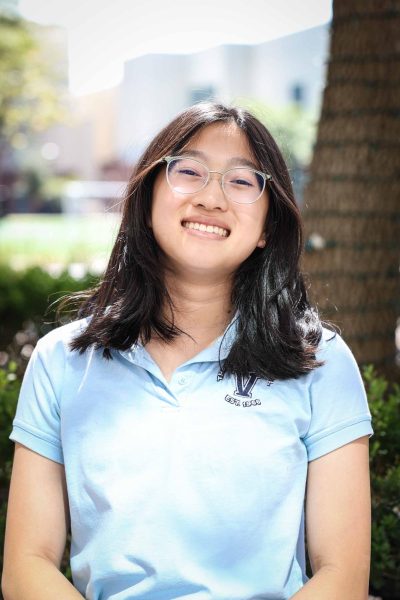The media persists in the vast exploration of how to properly represent the queer community through the many LGBTQIA+ icons seen in all forms of entertainment. There are some queer characters with the quality of Jules Vaughn from Euphoria, who learns to traverse the complex depths of her transfeminine identity, and then there are those like Kurt Hummel of Glee who perpetuates the ongoing gay fashionista stereotype, or something along those lines. In more recent years, the media has started to produce more and more queer inclusive content as its acceptance in society has been increasing, especially in the current media renaissance. But even as it becomes more frequent in movies, shows, and games, it is made obvious that many of these producers aren’t qualified to make accurate representations. What makes such representation so important is its effect on the queer minority; In many ways, it gives a feeling of acceptance and having been seen, which makes its authenticity all the more invaluable today.
This brings into question: What is good queer representation? When it comes down to the building of a character, one of the most prominent features of them is their core personality and the ways in which they interact with their surroundings because of their identities. No matter who they love or are, there is always more than just that.
For context, the Owl House is a Disney XD animated show about a misfit teenage girl who finds herself in a magical realm as she traverses the many conflicts around her in both her new settings and of her personal struggles. “I’d say the best large queer representation of characters comes from an actual queer producer.” Says freshman Eshani Gale, pansexual cisfemale. “I think that just getting people from the LGBTQIA+ community involved in content that they want featuring a queer character or representing one is the best way to have authentic representation for the demographic they want to represent.” Many of the main characters in the Owl House are visibly a part of the queer community, yet are able to fully focus themselves to the true plot of the story rather than being bound to a single trait of some inauthentic stereotype. Their actions shouldn’t be shaped by a checkbox quality but instead by the ways in which their character is developed. This quality of character is directly affected by who is pulling the strings in its production. To be writing about a part of the human experience, is it not better to have someone who has experienced it themselves?
The significance of a good and authentic representation of the queer community lies in how much power the media holds a peoples’ perception of a group and/or idea. In this case, it is a matter of feeling accepted and being seen. The ability to relate to a character that is seen through the eyes of so many is what makes it so special. These characters and people hold the torch and bring light to all those that don’t feel as seen in terms of their identity.
But there is a flaw in having poor queer representation in the media; It’s often difficult to find it done right. To be more specific, it is more often than not that the kind of inclusivity that the queer community receives tends to be rather limited and dependent on known stereotypes, whether it be intentional or not. This includes the ultra-feminine fashionista gay male character or the overly emphasized butch lesbian. It reaches a point where this “representation” turns to mockery with every non-binary icon having bright blue hair and an uncountable number of trans women having incredibly promiscuous and overly flamboyant behavior. And though there is nothing wrong with the traits themselves, the fact that all of these characters’ identities cling so close to such is where the problem lies. It is often seen where these characters can’t follow a plot that doesn’t include their stated traits whereas cisgendered characters have no issues bending to any plot. For example, if there is a non-binary character, it is common to see their identity intertwining with the plot excessively, while a cis character can contribute to the story without their sexual orientation being constantly mentioned more than once. And at the same time, the efforts to show diversity within the queer community tends to stick singularly to the most well known of the identities. It is not necessary, but most definitely important to teach the audience about just how diverse human gender, love, and identity can be outside of the standard.
“The most notable fault in queer media is that it doesn’t normalize it in the way that people want it to be normalized.” Says freshman Kye Hall, a bisexual trans male. “While it’s good that you have queer people being represented, why can’t we have them be queer without that being their personality?” This goes back to the issue of having many queer characters with such little personality other than their queer identity. The main issue with this is that these characters aren’t being treated like characters and more like woke relief. They shouldn’t just be there to appeal to the more “woke” viewers to hit a quota with no other purpose.
The audience members deserve to be represented by these icons that they feel to exhibit the same depth that they themselves have. When you see someone who is supposed to be representing you and they are overly dramaticized to the point of alienation, how would that make you feel? Its effect is opposite to what the goal was in the first place.
Although these issues may seem to be relatively correctible, there are definitely other variables that need to be accounted for. For example, the average person isn’t fully familiar with what accurate representation of the queer community may be. This could lead to many producers and companies to aim for the larger group of people rather than one that is smaller but more wanting that type of content. It is more beneficial for them in quantitative terms rather than qualitative because it brings in more income. More niche productions like The Cosmic Wheel Sisterhood (a roleplaying game on Steam) tend to be smaller due to the lower number of people that can recognize and relate to its quality and depth of characters on top of it having a diverse assortment of queer characters, but not fully revolving around them for those specific qualities.
To put it briefly, queer representation in media may be more abundant as of recently, but the quality itself still continues to lack. Stereotypes and oversimplified queer characters are constantly witnessed throughout all forms of media, and are consistently impacting how society perceives the queer community, prolonging the use of these inadequate qualities that don’t truly represent what they are supposed to. Without a doubt, queer content in more recent years has been improving to some extent, but still has much room to grow and become more genuine. As queer representation becomes steadily more accepted and celebrated, companies and producers must walk the thin line between the good and the bad of queer representation in media.

